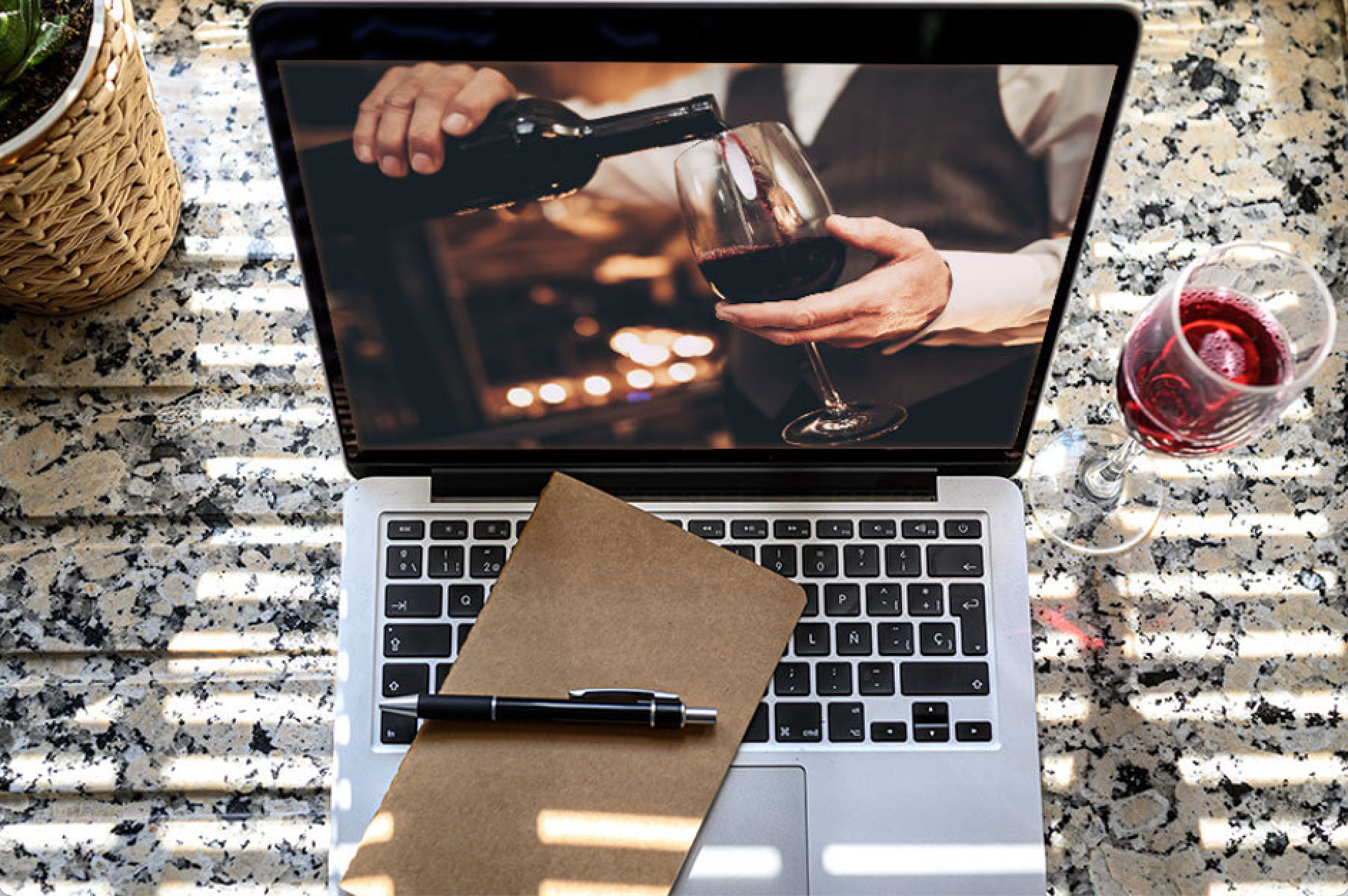【1】Small bottles of wine are all the rage.
It is sometimes difficult for consumers to drink 750 ml of wine in one go after opening the bottle. Wine that is not consumed runs the risk of oxidising.
In recent years, many well-known brands have launched small bottle formats, for example: Changyu (China), Yellow Tail (Australia), Torre Oria Petit Chaperon Rouge (Spain), Tesco Finest (USA), Le Grand Verre (France).
On the American market, according to Nielsen, in 2020, small-format wines priced at 16 $ or more accounted for 37% of sales of wines in this segment, up 27% on the previous year.
Among small-format wines, wine in cans made great strides in 2021, and this will continue in 2022. The global canned wine market is expected to grow at a compound annual growth rate of 13.2 % from 2021 to 2028, reaching $571.8 million by 2028.
-North America made the biggest contribution to the global market, accounting for more than 53% of revenues in 2020.
Asia-Pacific is expected to be the fastest-growing regional market from 2021 to 2028, driven mainly by countries such as China, Japan, South Korea and India (source: Grand View Research).
【2】The world's wine will take reducing the weight of glass packaging seriously.
The production of a 75 cl glass bottle of wine emits around 1.1 kg of CO2 equivalent, or around 29 % of the "carbon footprint" (source: PE International for Wine Institute of California). By way of comparison, according to Vitisphère, the production of a cork emits between 0.002 and 0.037 kg of CO2 equivalent, or just 1.4% of the "carbon footprint".
However, there are many bottles of still wine with a dry weight of almost a kilo, which pushes the share of packaging in the carbon production of wine to almost 50 %.
We understand that the weight of this packaging is at the heart of the controversy.
Wine industry figures such as Jancis Robinson MW and Tim Atkin MW have long campaigned against heavy wine bottles.
More pragmatically, we're seeing tensions in the global supply chain, in terms of rising raw material, fuel and transport costs: the growing difficulty is that retailers don't want to add these costs to consumers.
All these factors will force producers to balance their costs, and reducing the weight of the glass is one way of maintaining wine quality.
【3】The rise of e-commerce for wine sales.
Over the years, people have become increasingly comfortable with buying all kinds of drinks digitally. And the pandemic has made buying wine online more widespread and convenient.
According to IWSR research in December 2021, alcohol E-commerce in the world's major markets has continued to grow with new business models during the pandemic. In fact, global alcohol E-commerce is expected to grow by 66 % to reach $42 billion between 2020-2025.
What does this mean for producers? That the impact of digital communication should not be underestimated.
【4】Orange Wine will become increasingly popular.
First seen in Georgia 8,000 years ago, orange wine has recently become a hot topic in the world of wine. A white grape variety vinified like red wine - this fashionable wine is enjoyed in Europe and all over the world (USA, Canada, Argentina, South Africa, Asia and Asia Pacific).
More and more specialist and even general press, such as Revue Du Vin De France, Forbes and Le Point, are explaining and recommending orange wines. Forbes, for example, has highlighted orange wine as one of the biggest emerging consumer trends in 2021.
Some professionals have even gone so far as to say that ORANGE wine is a new category of still wine (after ROUGE - BLANC - ROSE).
In PWS polls, 66% of participants think orange wine will be the trend:https://www.linkedin.com/feed/update/urn:li:activity:6873539889816858624
【5】More and more producers will decide to convert their wines from AOC (Appellation d'Origine Contrôlée) to VDF (Vin de France)..
In Bordeaux, Cheval Blanc, Ausone, Maison Blanche, Pétrus and more and more winegrowers are questioning the classification and the AOC system. This is also true in the Languedoc (example of the IGP and VDF), and in more and more French wine regions. As the director and technical director of Cheval Blanc, Pierre Lurton and Pierre-Olivier Clouet, put it: "The evaluation grid is too far removed from what we consider fundamental: the terroir, the wine, the history. Other secondary elements took on too much importance in the final score".
For decades, the system of appellations has helped customers to choose profile and quality. But today, more and more producers are opting for VDF over AOC.
Mr Despagne, owner of Maison Blanche, gave us an example: "Today, I'm taking a new step by offering you Maison-Blanche 2020 directly as a Vin de France". He believes that "For the AOC, the word 'origine' is the heart of the idea: to make wines that express their origin. However, this is no longer the case".
In 2022, let's see if this trend continues, or if the AOC specifications review their criteria.
